Tuscany and particularly Chianti are dotted with small fortified hamlets which are often huddled around the ruins of a castle keep. These picturesque villages reflect a thousand years of conflict over land that came to an end only with the hegemony of cities such as Florence over their smaller adversaries, in this case, Sienna.
The Castello of Montefioralle, located about one mile uphill from Greve in Chianti, is a fine example of one of these walled mediaeval villages. For hundreds of years, Montefioralle was the main inhabited nucleus in the area while Greve, down in the humid and hot valley, was no more than a market place at which the inhabitants of Montefioralle and the castles and abbeys nearby met to buy and sell their produce, and to exchange news. Once the territory was firmly under Florentine control, Greve expanded in population until it overtook Montefioralle and became the market town of what is now the Chianti Classico wine zone and the largest municipality by area in Chianti.
Montefioralle retains great charm and is well worth a visit. The remains of the keep were converted into a church that replaced the ancient parish church, the Pieve di San Cresci, which still stands on a hill about a mile across the valley. San Cresci is an ancient foundation – it is documented as being in existence in the year 905 in the archives the nearby Badia a Passignano, and is a beautiful example of rural Chianti romanesque style. During restoration, a stone decorated in longobard style was found embedded in the wall, suggesting that an even older building is incorporated into the current romanesque structure.
Within Montefioralle itself, there are several tower houses, while the largest building was once a pilgrims’ hospice as evidenced by an ancient stone “sign post” embedded high in its wall. During the Renaissance, a family of rich silk merchants, the Vespucci, bought up a number of neighbouring mediaeval houses and combined them into their country house – they owned twelve farms in the area. This house remains virtually unchanged since that time and has changed ownership only once. The exterior was badly restored in the 19 C but can be recognised by a carved V and wasp (vespa) above the door. It is highly likely that the young Amerigo Vespucci stayed often in this house.
The main portal and several subsidiary entries remain extant. Only 80 years ago there were ten cobblers’ workshops here plus an equal number of wrought iron workshops in Montefioralle. Now, only a single carpenter retains an active workshop.
The whole of Montefioralle is highly photogenic and is often used as a filming venue. Restaurant “Taverna del Guerrino” is located within the walls and there is also a small shop that sells ice creams and sandwiches plus a local wine outlet inside the village.
Sights and history of Montefioralle.
More about Montefioralle.
Romanesque churches in Chianti.
Badia a Passignano.
About Anna Maria Baldini
Anna Maria is a frequent contributor to web content on life in Tuscany. She researches all aspects of Tuscan life, with emphasis on history, art, architecture and the culture of the people of this beautiful region of Italy.
- Web |
- More Posts(38)




 July 19th, 2012
July 19th, 2012  Anna Maria Baldini
Anna Maria Baldini 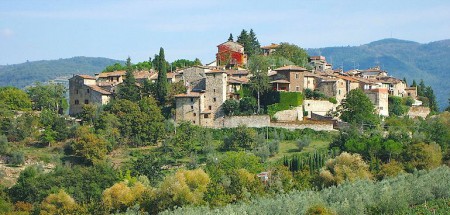
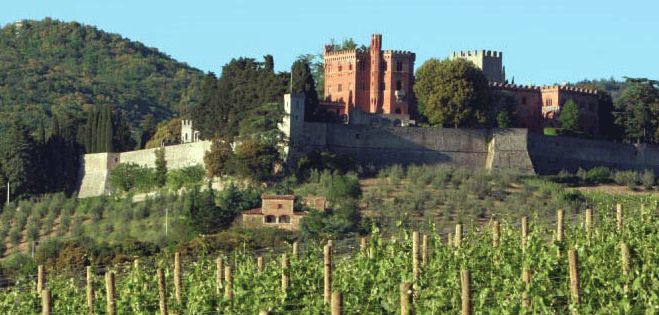
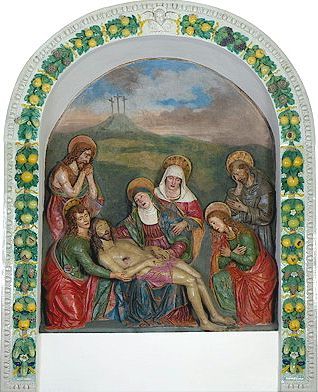
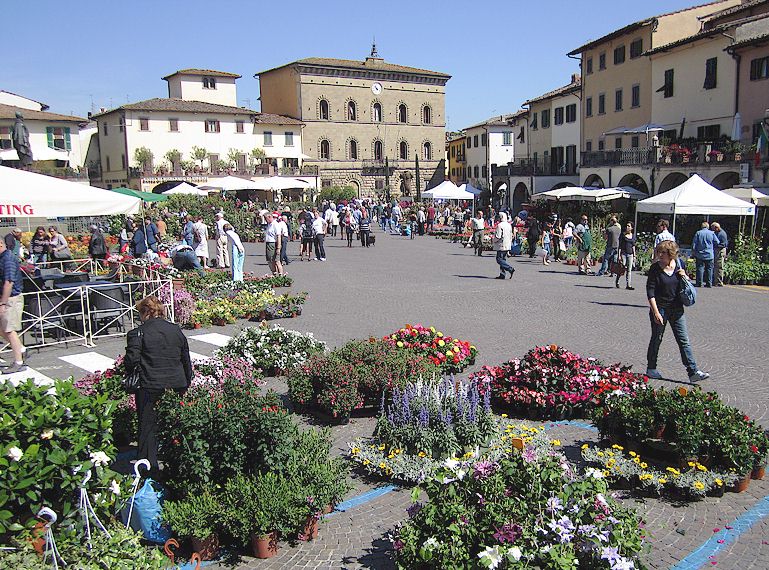
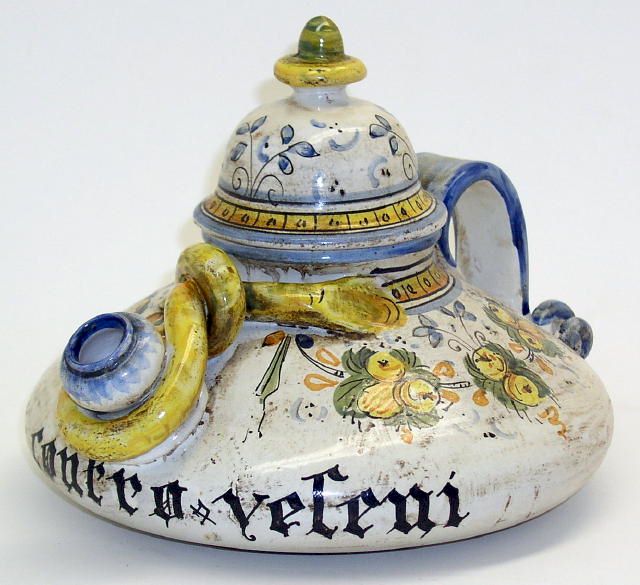
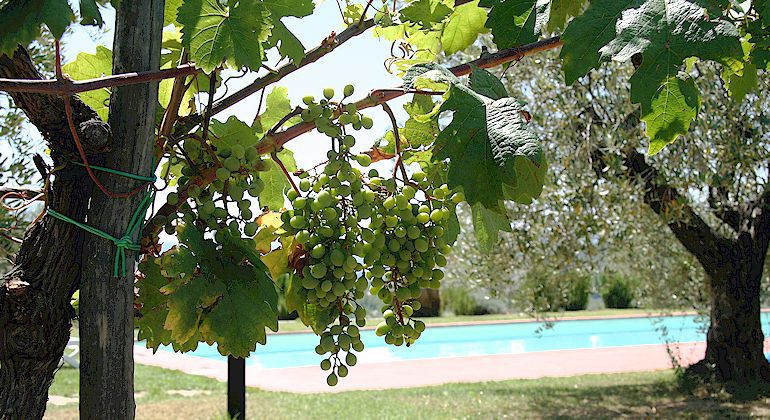
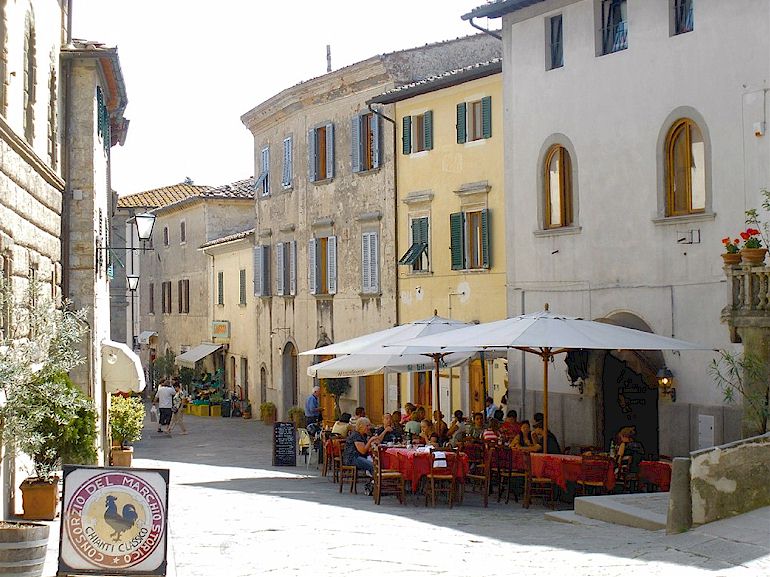
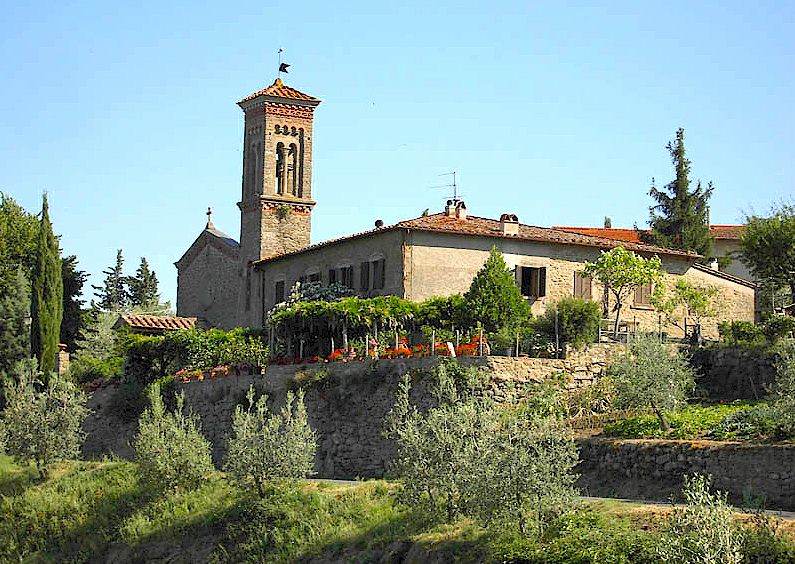
 Posted in
Posted in  Tags:
Tags: